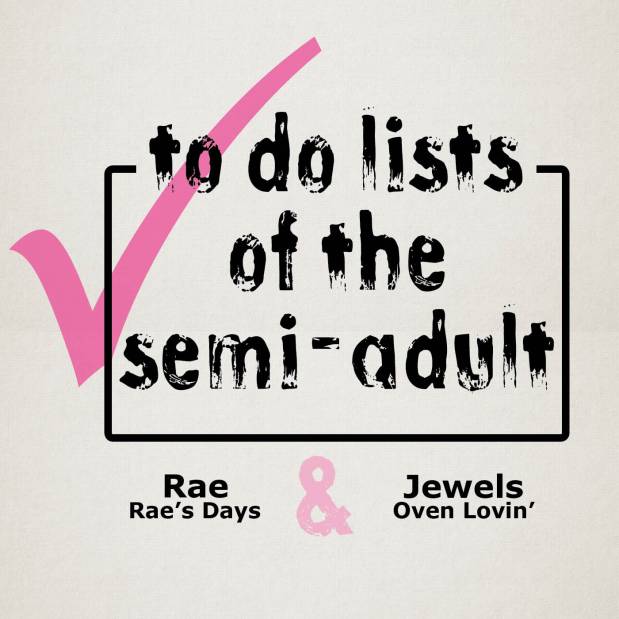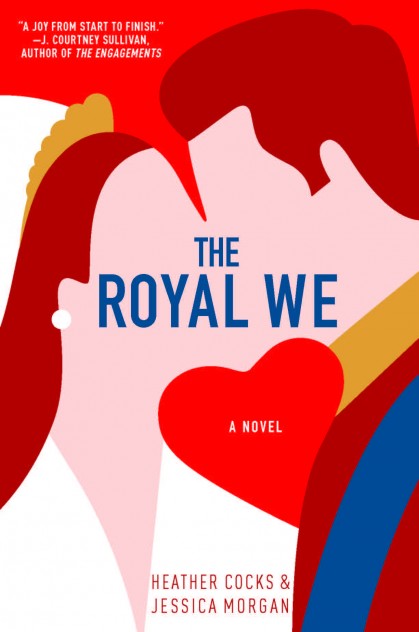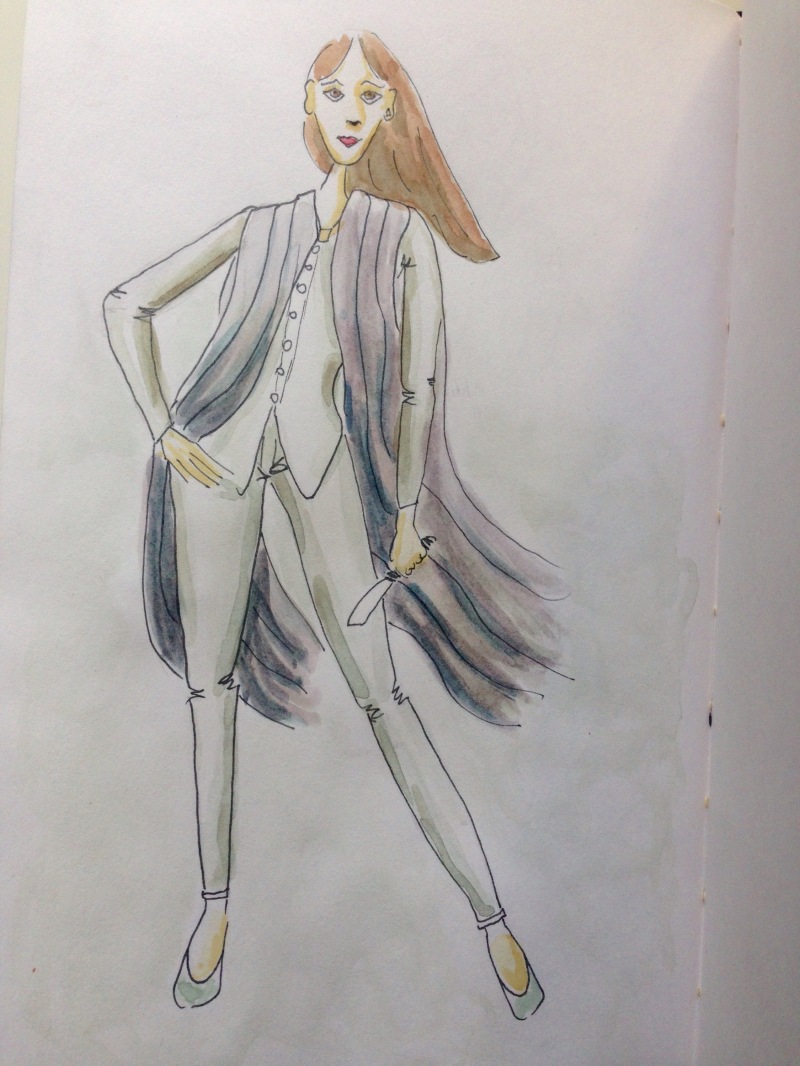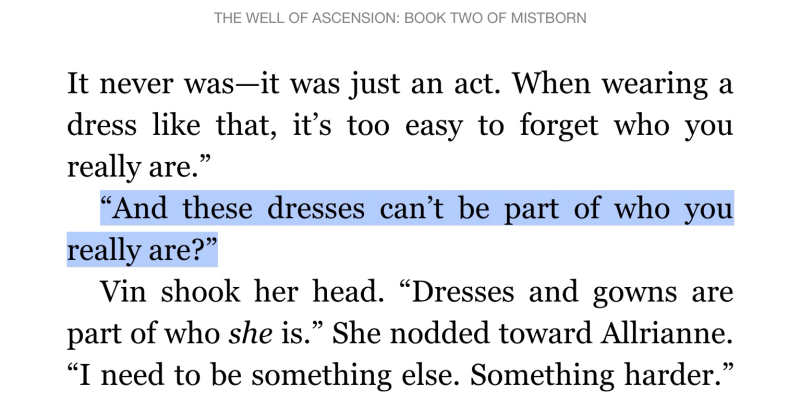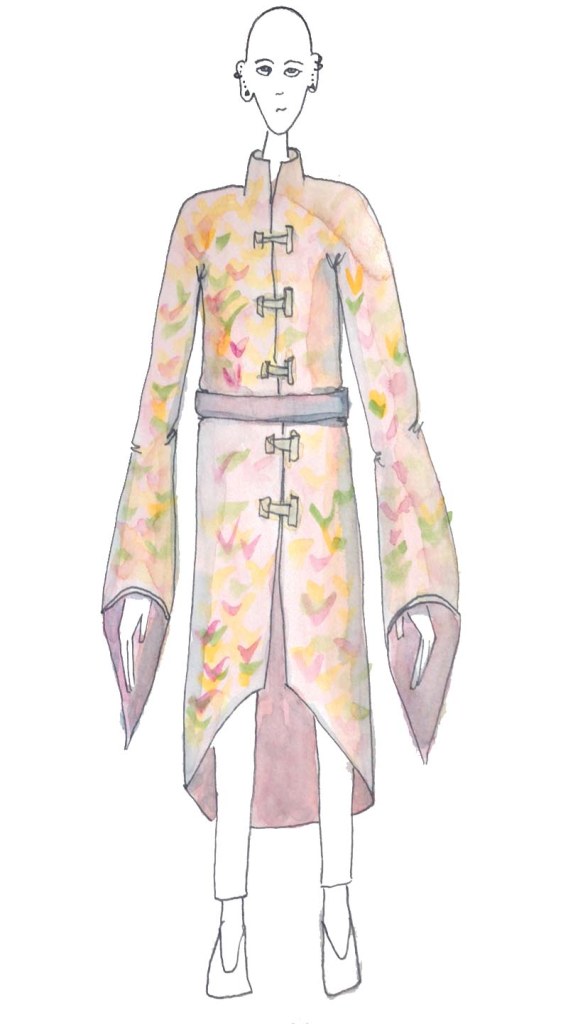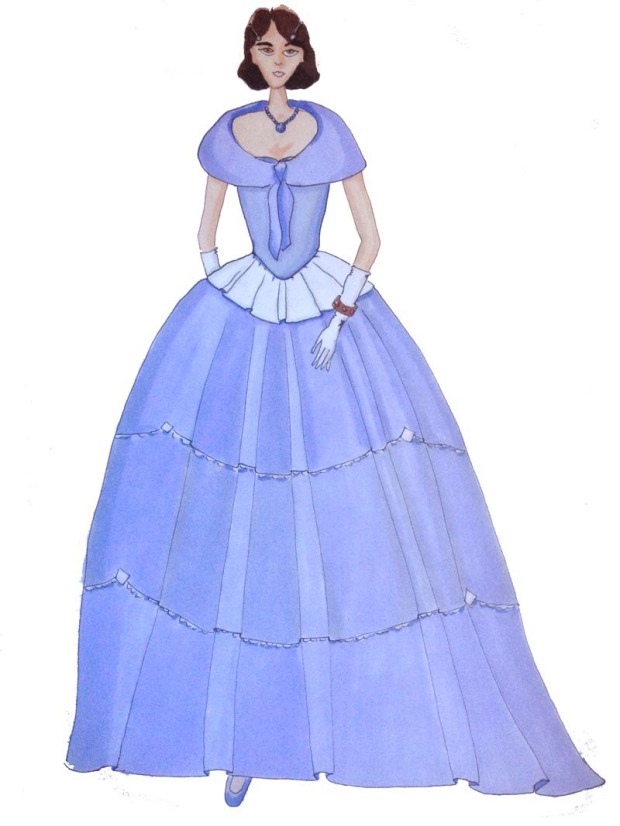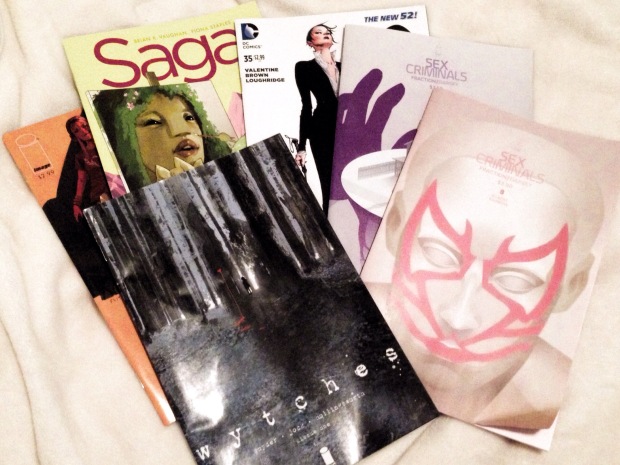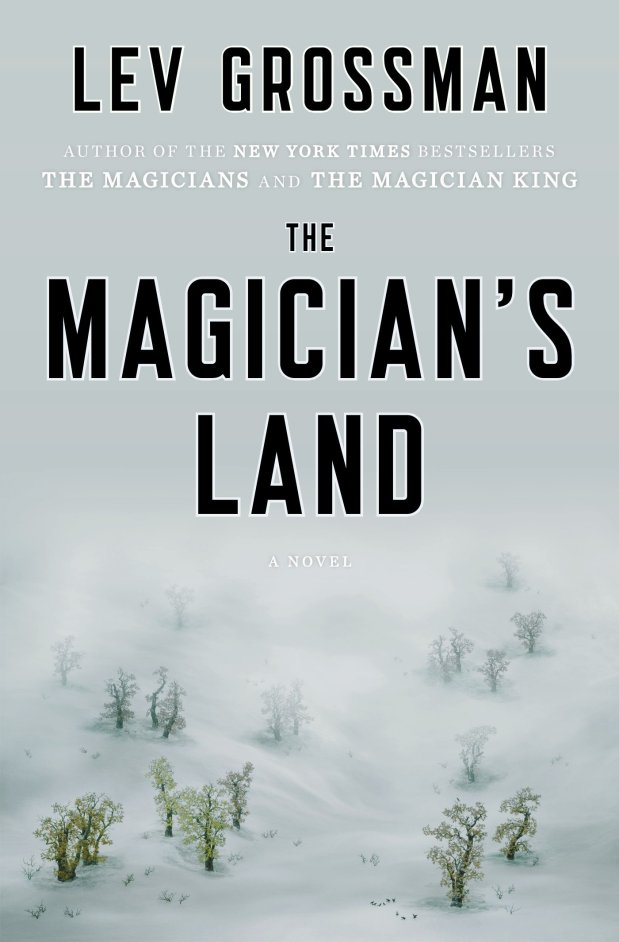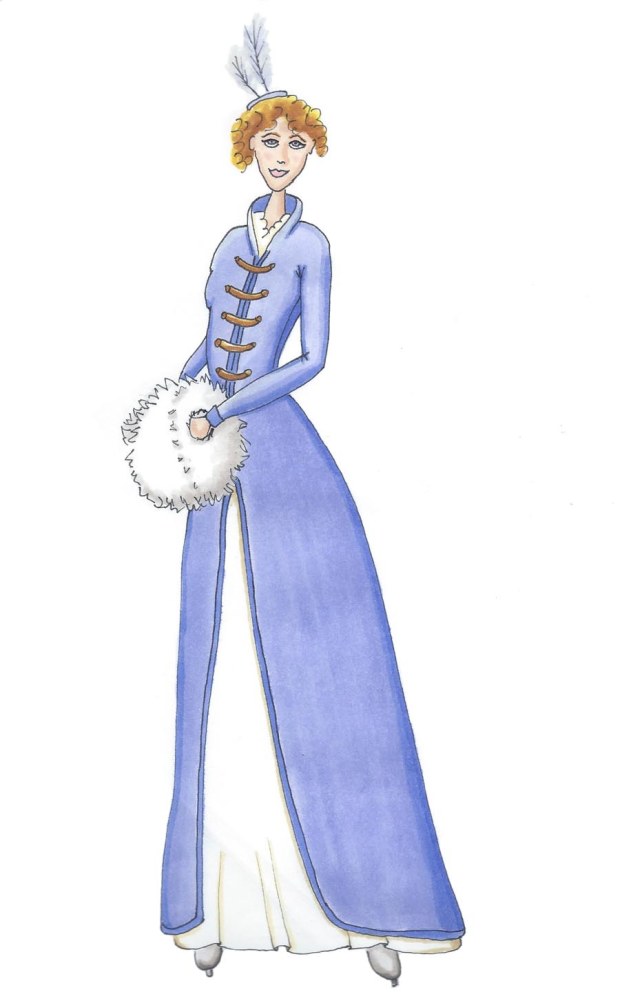Jewels and I are lifelong readers, and the books we’ve read as kids have made a huge impact on our lives. And I’m so glad they did! In this episode of To Do Lists of the Semi-Adult, we talk about the books we loved the most.
Obviously we started with Harry Potter–you’ve met us before, you knew this was coming. Harry Potter was the no. 1 book that opened my eyes to how fun it is to talk about books! And for that I will be forever grateful. I was on all the messageboards, reading all the theories, and I had a blast. Harry Potter also, of course, has wonderful stories about friendship, heroism, and social justice, and growing up with that series has def made me a more compassionate person.
Jewels also mentioned how hearing about Mary Shelley’s story writing Frankenstein helped wake her up to the unfairness of sexism, and how To Kill a Mockingbird introduced her to an unreliable narrator. Both books are instrumental in developing critical thinking, and realizing that the way the world is presented to you doesn’t have to be the way it really is.
Both of us have read and enjoyed Twilight, and Jewels mentioned that it was a book that taught her writing doesn’t have to be revolutionary and perfect to still tell a good story.
Ella Enchanted is a book for me that also introduced ideas of sexism and women’s agency, even though I didn’t have words for what I learned from that book until much later in life. I’d still recommend it to anyone as an adult–but don’t judge it by the movie, which is way more cartoon-y than the book.
We both really loved the Baby-sitters Club books (who’s your fave babysitter?), especially the mysteries. Turns out I read fantasy, horror, and mysteries as a kid and still pretty much stick to reading fantasy, horror, and mysteries as an adult.
In our lightning round, I said I am currently reading Bitch Planet (check out a great interview with Bitch Planet’s artist) and everyone should read it because it’s SO GOOD.
You can subscribe to our podcast on iTunes, Stitcher or by using our feed link. You can also always find them on my Podcast page. You can find me right here at Rae’s Days, on Instagram, and on Twitter. Jewels is at Oven Lovin, on Instagram, and on Twitter.
